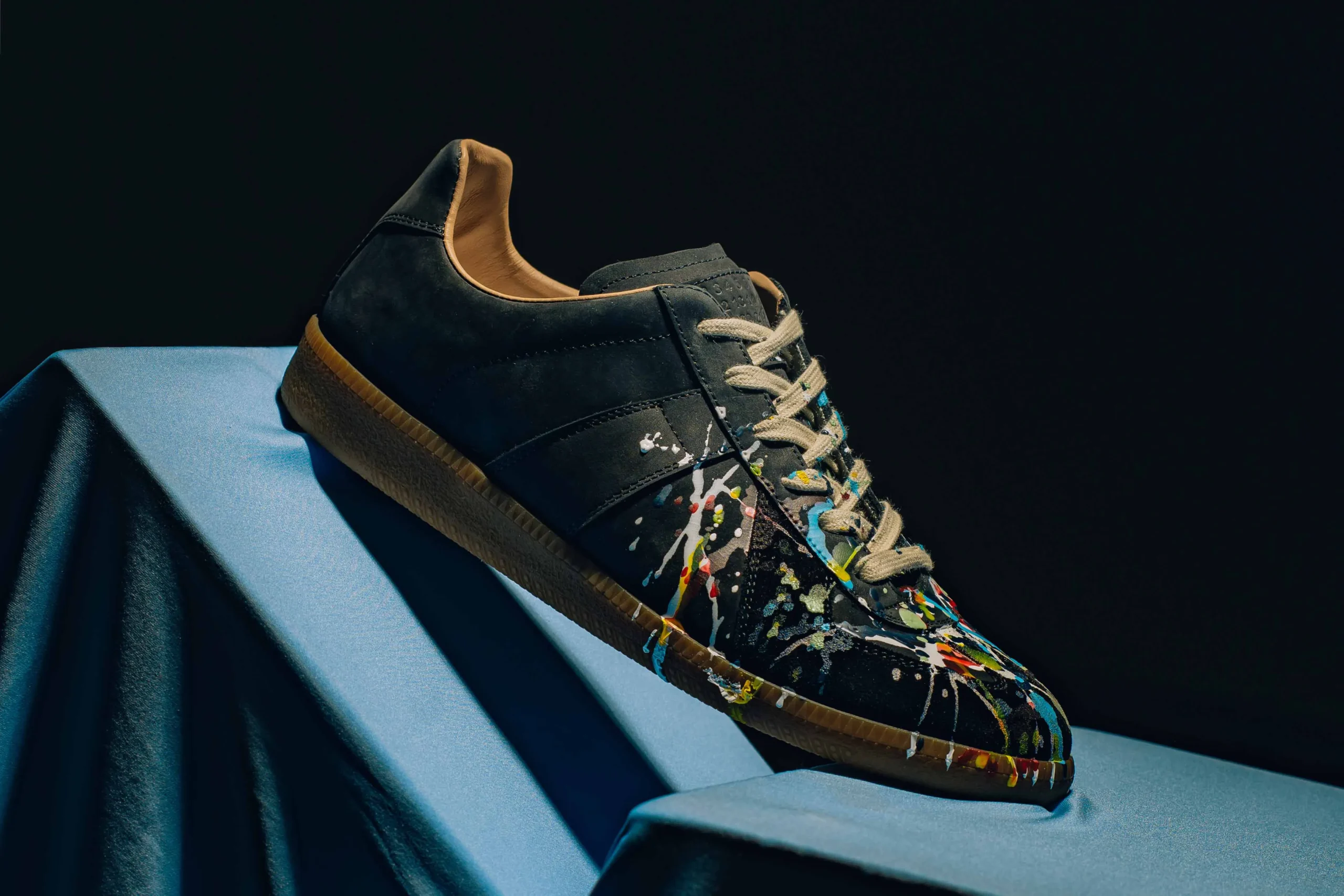Repmold: Guide to the World of Replica Sneakers and Fashion
The fashion and sneaker industry has always been divided into two worlds: retail (authentic) and replica. Among sneaker enthusiasts, the term Repmold has been gaining traction as a way to describe high-quality replica sneakers molded from the original designs. More than just a product, Repmold has become a community-driven term, representing people who are passionate about sneaker culture but don’t want to spend thousands of dollars on a single pair of shoes.
What Exactly is Repmold?
At its core, Repmold represents the technique and concept of using precise molds to recreate popular sneakers. These molds are often craft to replicate every detail of the original shoe—from stitching and materials to the sole’s structure. By perfecting these molds, replica manufacturers can produce sneakers that look nearly identical to authentic releases.
But Repmold has also grown into an online subculture, where enthusiasts share reviews, comparisons, and detailed guides about replicas versus authentic sneakers. It’s no longer just about the shoes—it’s about knowledge, community, and accessibility.
Origins of Repmold
- Sneaker Hype Culture – Limited edition sneakers like Air Jordans, Yeezys, and Dunks often sell out in minutes, with resell prices going sky-high.
- Advancements in Manufacturing – Factories in Asia began accessing or replicating brand molds, allowing them to produce sneakers with near-identical stitching, materials, and shapes.
This mix of demand and technology gave birth to the Repmold era.
The Rise of Replica Sneaker Culture
Sneaker collecting has become a multi-billion-dollar industry. Limited drops from brands like Nike, Adidas, and Jordan often sell out within seconds. For those who can’t secure retail pairs, resell prices can skyrocket—sometimes reaching 10x the original value.
This exclusivity gave rise to the replica market, where factories in Asia began producing alternatives. Over time, these replicas evolved from low-quality copies to Repmolds, which use better materials, molds, and stitching techniques to rival retail pairs.
Why Repmold Matters in Sneaker Culture
The global sneaker market is value at billions of dollars, and exclusive drops often sell out in minutes. Limited availability and high resale prices have created a gap that Repmold seeks to fill.
- Accessibility: Not everyone can afford $1,000+ for a pair of limited Jordans or Yeezys. Repmold provides budget-friendly alternatives.
- Representation: It allows fans to express their love for sneakers without breaking the bank.
- Education: Communities around Repmold often teach members how to spot fakes, compare quality, and understand sneaker production better.
- Cultural Shift: It has fueled debates about authenticity, fashion, and consumerism.
The Process Behind Repmold Sneakers
Replica manufacturers don’t just copy designs—they invest time and resources into analyzing and reproducing molds.
- Acquisition of Originals – Authentic sneakers are purchased and dissected.
- Creating the Mold – Specialized molds are designed to replicate structure and shape.
- Material Sourcing – Similar fabrics, leathers, and soles are source to mimic originals.
- Assembly & Testing – Shoes are assembled using the mold, then tested for comfort and accuracy.
- Feedback from Communities – Enthusiast groups like those on Reddit or Discord provide feedback on flaws, leading to refinements.
This feedback loop ensures that newer batches of Repmold sneakers are often closer to the original than ever before.
Repmold Communities Online
One of the most fascinating aspects of Repmold is its community-driven culture. Online forums, social media groups, and review platforms are dedicated to sharing:
- Comparison Reviews – Side-by-side photos of replicas and authentic sneakers.
- Batch Information – Updates on which factories or sellers are producing the most accurate molds.
- Guides & Tutorials – Helping beginners understand sizing, quality checks, and buying safely.
- Ethical Debates – Discussions on whether wearing replicas affects sneaker culture positively or negatively.
These communities have transformed Repmold from a production term into a cultural phenomenon.
The Debate: Authentic vs. Repmold
Repmold sneakers continue to spark debate among sneakerheads:
- Supporters argue that Repmold makes fashion accessible, reduces the unfair advantage of resellers, and allows creativity to flourish.
- Critics claim that replicas devalue authentic sneakers, hurt brand integrity, and encourage counterfeit markets.
This debate highlights larger issues about consumerism, exclusivity, and fashion identity.
Repmold vs Retail: The Key Differences
While Repmolds strive to replicate retail pairs, there are still some differences.
| Feature | Repmold Sneakers | Retail Sneakers |
|---|---|---|
| Price | Affordable (fraction of resale) | High (especially resale) |
| Materials | High-quality but sometimes varied | Strictly brand-controlled |
| QC Consistency | Factory to factory differences | Standardized by brand |
| Value | Personal style, not resale value | Collectible, holds resale value |
The Rise of Repmold in Streetwear
Streetwear is closely tied to sneakers, and Repmold plays a significant role in shaping how people express themselves. Limited-edition drops from Supreme, Off-White, and Travis Scott collaborations often reach sky-high prices. Repmold sneakers allow enthusiasts to style themselves authentically in culture, even if not in brand.
The Future of Repmold
As technology advances, 3D printing and AI-powered design are expected to make Repmold even more sophisticated.
- Higher-Quality Replicas – Almost indistinguishable from authentic sneakers.
- Customization Options – Fans may be able to design unique versions based on Repmold technology.
- Tighter Regulations – Brands may push for stricter laws against replica manufacturing.
- Cultural Acceptance – Just as thrift fashion became mainstream, replicas might gain wider acceptance.
Ethical Considerations
Repmold sits in a gray area between admiration and counterfeiting. It raises important questions:
- Is it ethical to buy replicas if you admire the design but can’t afford the retail price?
- Do replicas hurt brands, or do they fuel more hype and recognition?
- Should fashion be exclusive to the wealthy, or accessible to all?
Each sneakerhead answers these questions differently, shaping the diverse opinions around Repmold.
Conclusion
Repmold is more than a method of creating replicas—it’s a movement within sneaker and fashion culture. From accessibility and affordability to community-driven learning, it has reshaped how people view sneakers in modern society.
Whether you see it as an art form, a rebellion against consumerism, or simply a way to enjoy your favorite designs, Repmold is undeniably a major force in today’s sneaker world.





